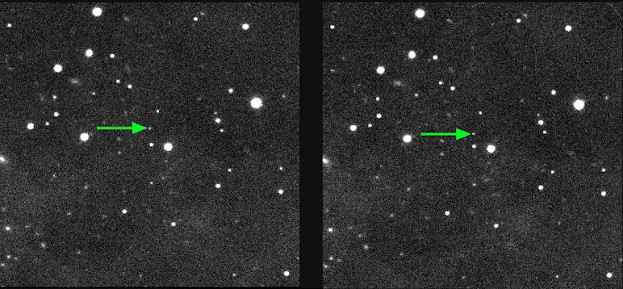Alpha Centauri

31 December 2018 How well do you know your neighbours? Alpha Centauri (Rigil Kentaurus, or just Rigel Kent) is not just a single star. It’s not even a double, it’s probably a triple. Alpha Centauri A and B appear as two stars very close to each other in a telescope. You have to have a scope with a long focal length to be able to split the two. When I was a kid, we used to judge how good people’s scopes were by looking at Alpha Centauri to see if the scope could split the binary pair. To do it, the scope needed a lot of light gathering ability, good optics, and a long focal length. That probably also suggests a lot about what I was like as a kid. The distance between these two stars is only about 11 times the distance between the Earth and the Sun. The pair dance with each other, taking about 80 years to complete a do-si-do. Any planets nearby would be well cooked. Their poor neighbour, Alpha Centauri C, is dull red, nearly invisible and also about 0.2 light ye











